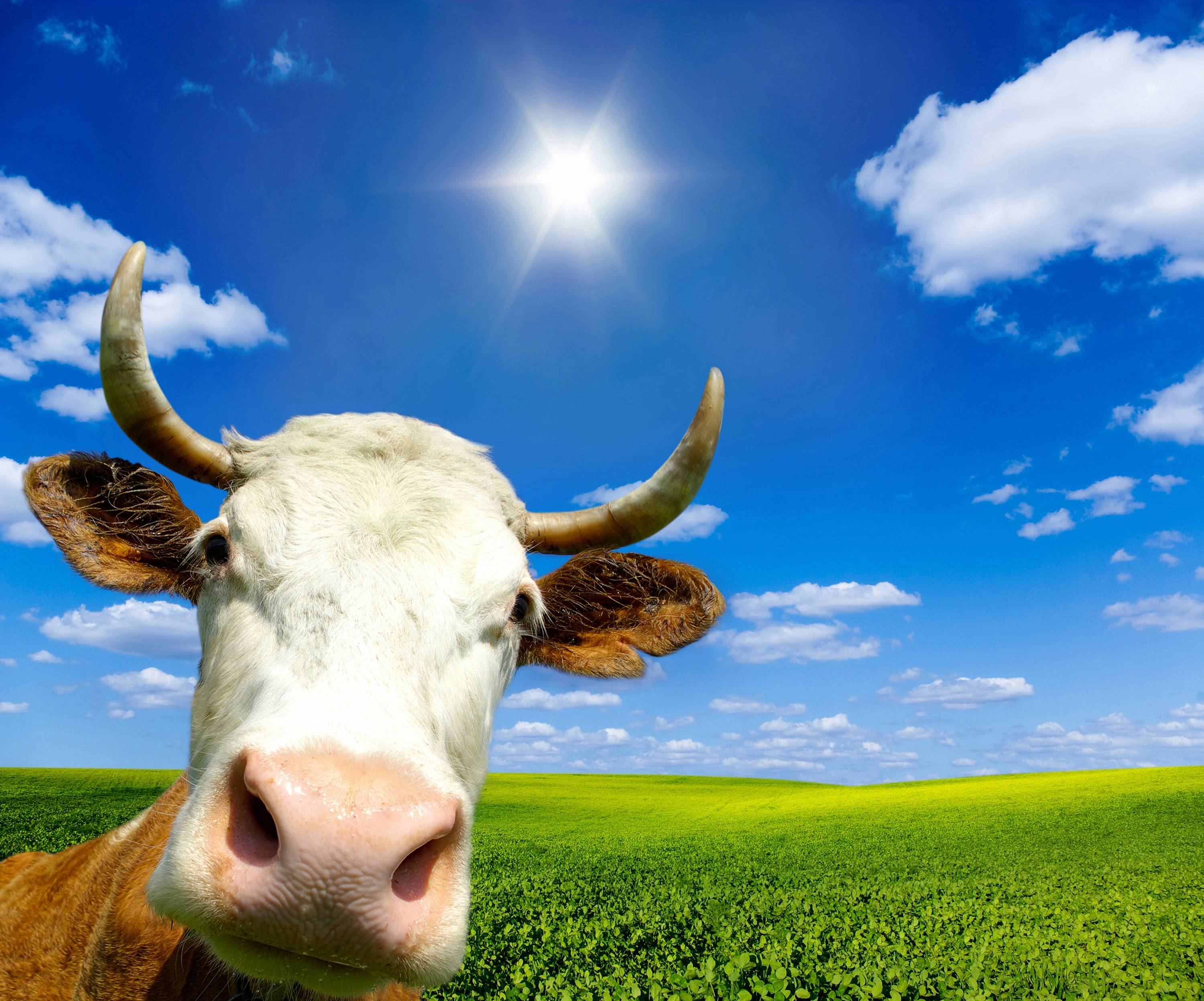
Introduction to Cows
Cows are large domesticated animals that are commonly raised for milk, meat, and leather. They belong to the Bovidae family, which also includes buffalo, bison, and antelopes. Cows are known for their gentle and docile nature, and they have played a significant role in various cultures and economies around the world.
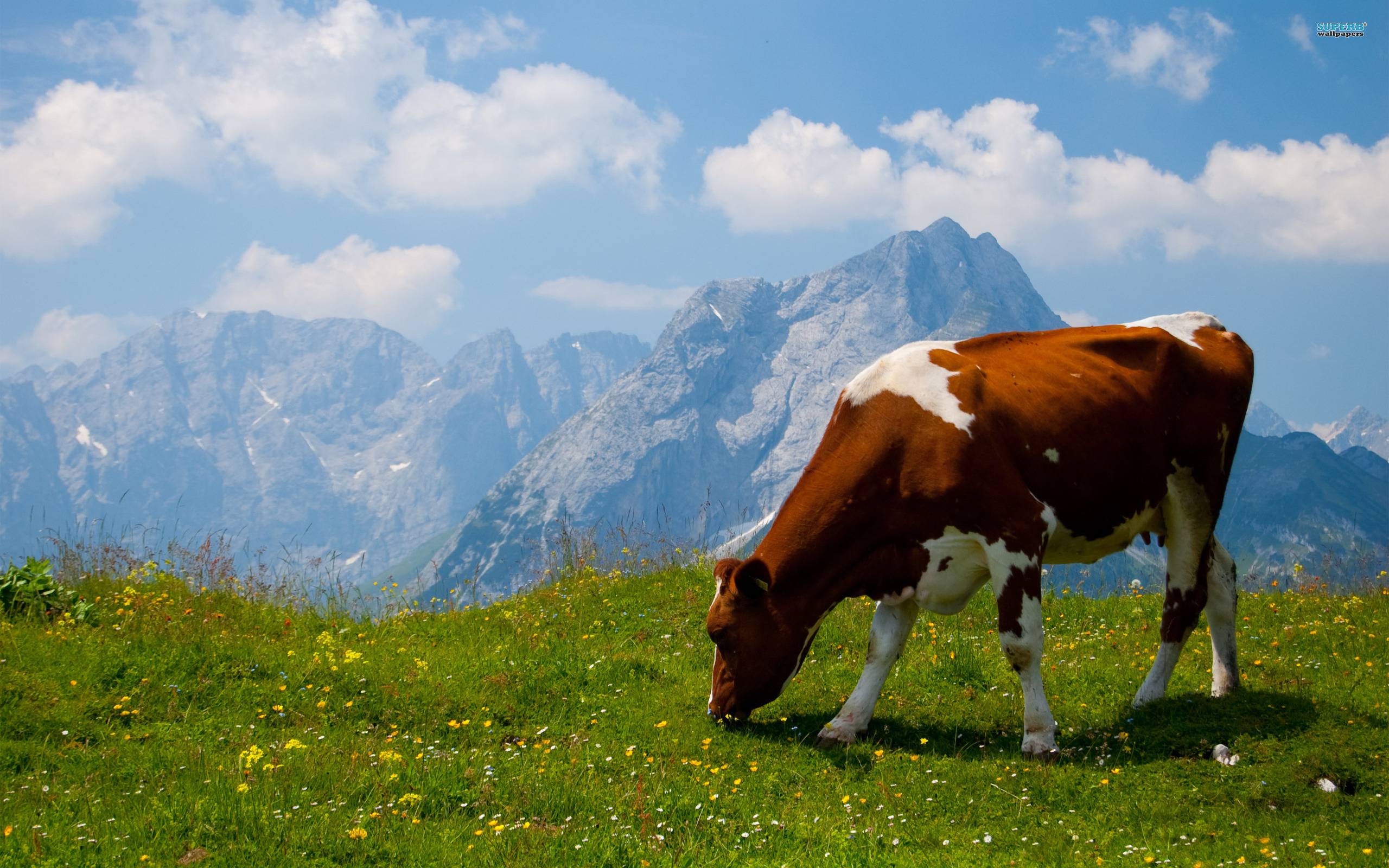
History of Domestication
The domestication of cows can be traced back to around 10,000 years ago. Ancient civilizations such as the Indus Valley Civilization and Ancient Egypt were among the first to domesticate cows for various purposes. Over time, cows spread to different parts of the world, and different breeds were developed to suit specific climates and agricultural practices.
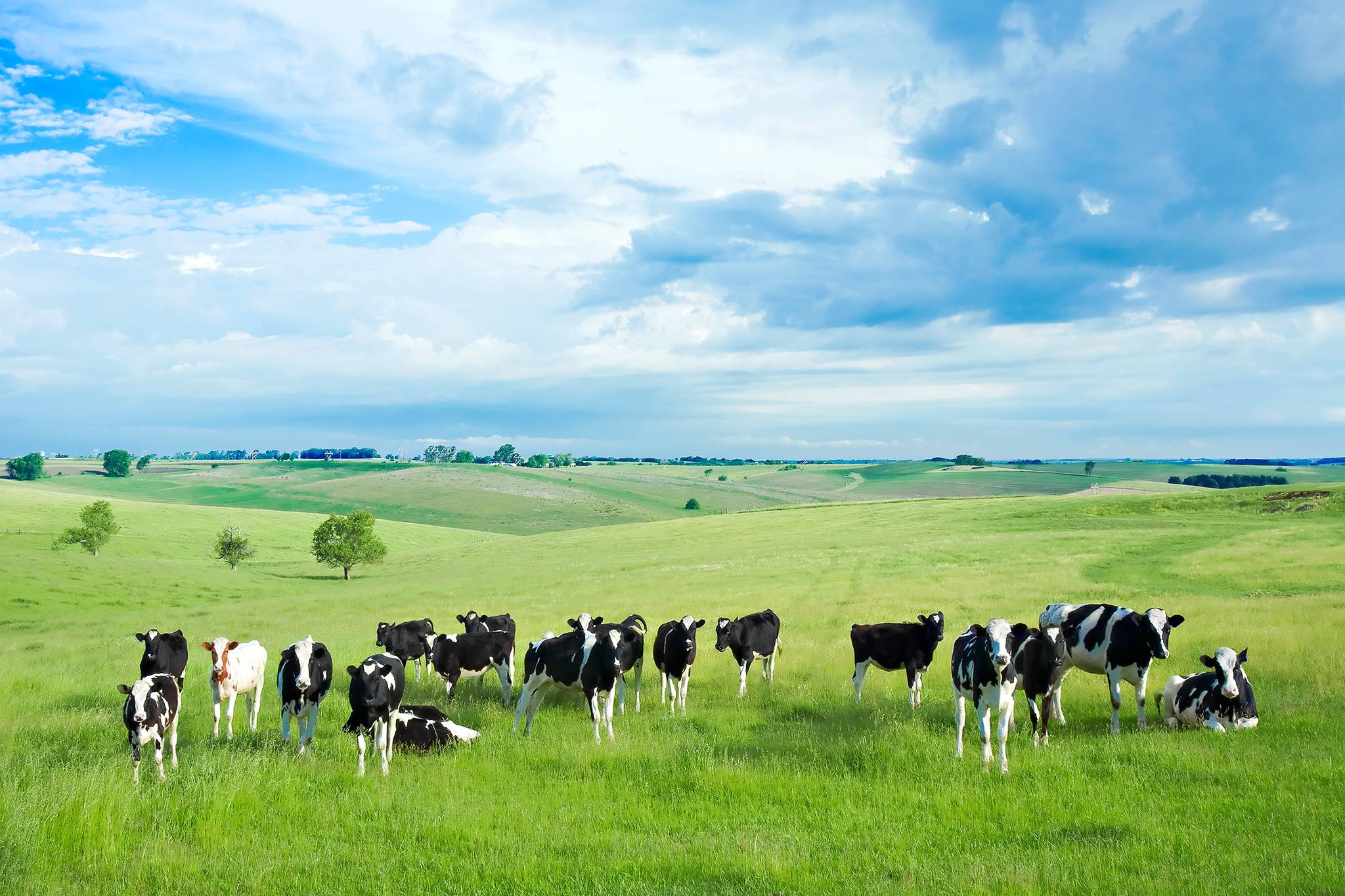
Popular Cow Breeds
There are numerous cow breeds around the world, each with its distinct characteristics and purposes. Some popular breeds include:
- Jersey Cow: Known for its high milk production and rich butterfat content.
- Holstein Cow: One of the most common breeds, known for its black and white markings and high milk production.
- Angus Cow: Popular for its meat quality and adaptability to different climates.
- Hereford Cow: Recognized for its excellent beef quality and hardiness.
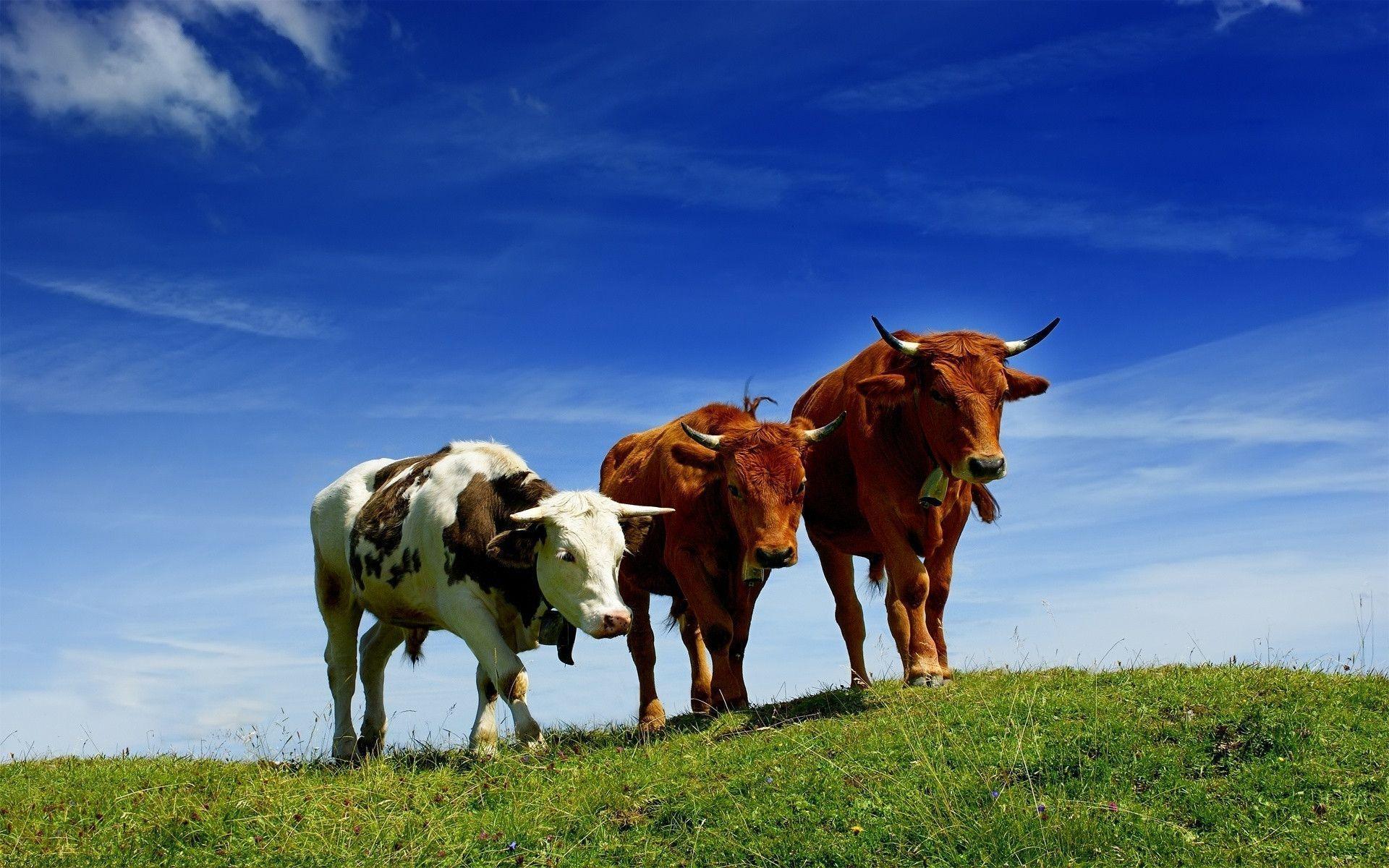
Cow Behavior and Communication
Cows are highly social animals that often form strong bonds with their herd members. They communicate with each other through various vocalizations, body language, and even scent markings. For example, cows use different vocalizations to communicate with their calves, express hunger, or alert others about potential dangers.
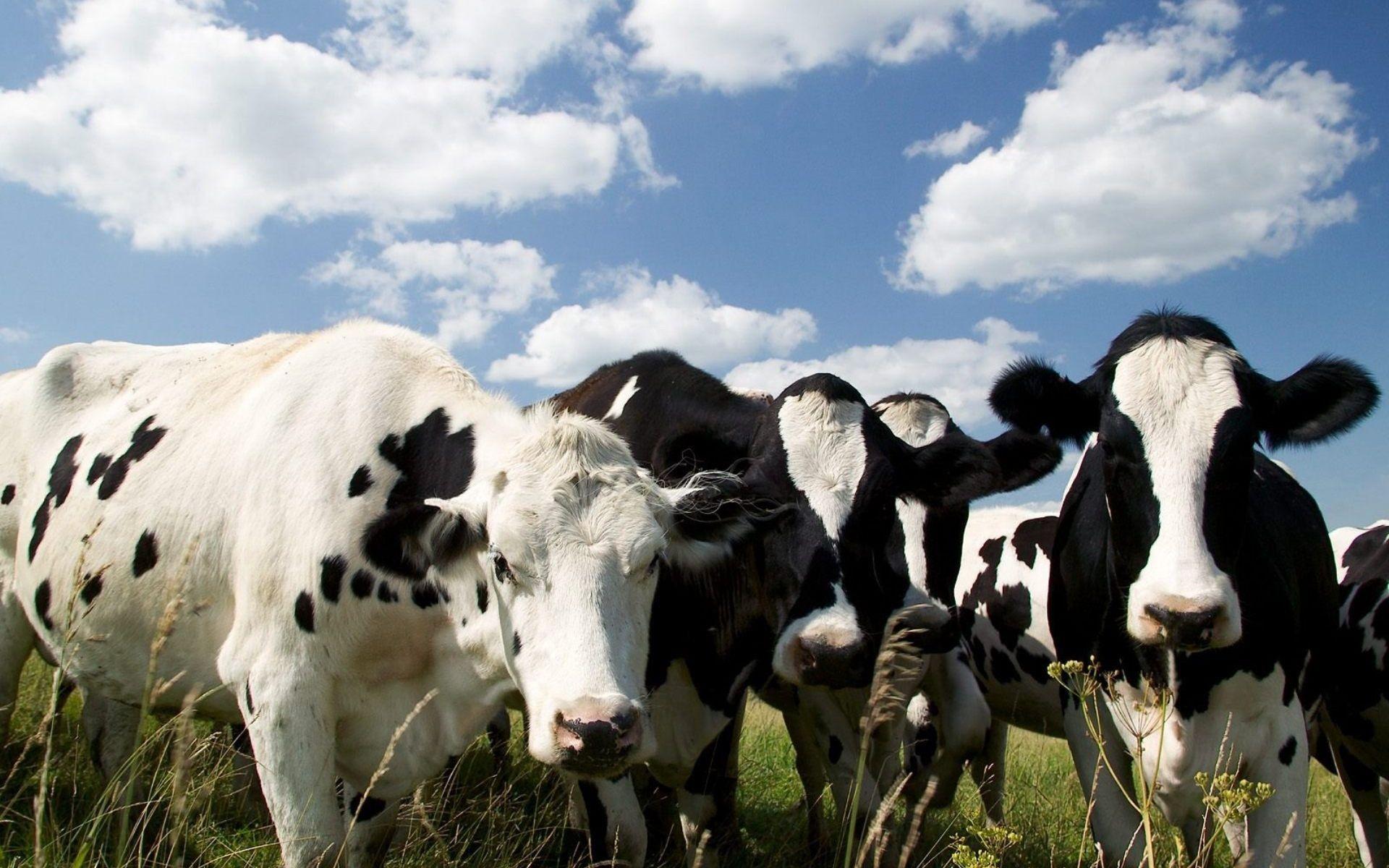
Cow Milk Production
Milk production is one of the primary reasons cows are raised. Dairy cows, such as Holsteins, are bred specifically for their high milk yields. These cows are milked using specialized machines in dairy farms. The milk is then processed to produce various dairy products like cheese, butter, and yogurt.
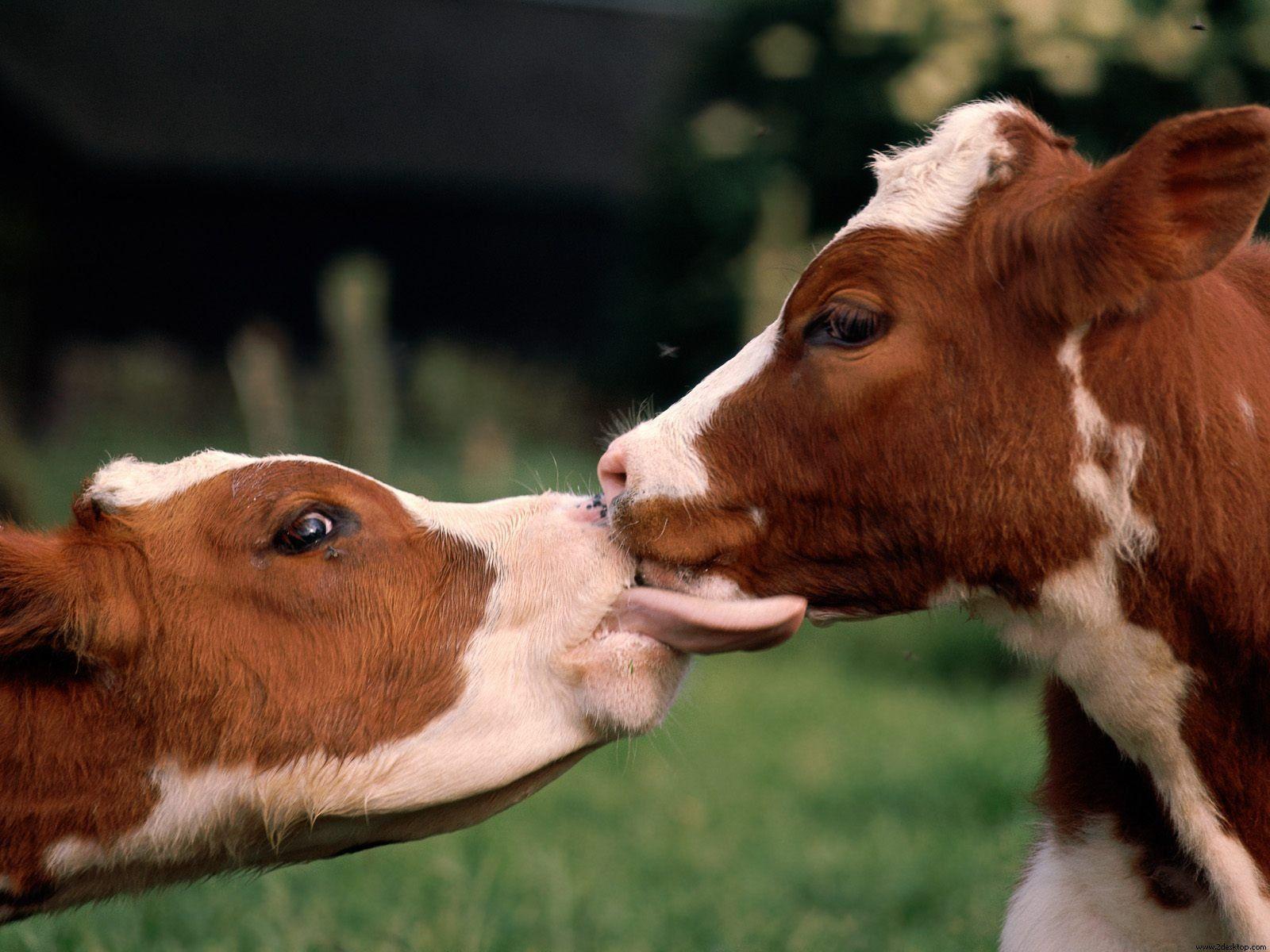
Cow Meat Production
Beef cattle are raised for their meat, and the meat industry plays a significant role in many countries' economies. Different cuts of beef are derived from various parts of the cow, and they are processed and sold in grocery stores, restaurants, and butcher shops worldwide.
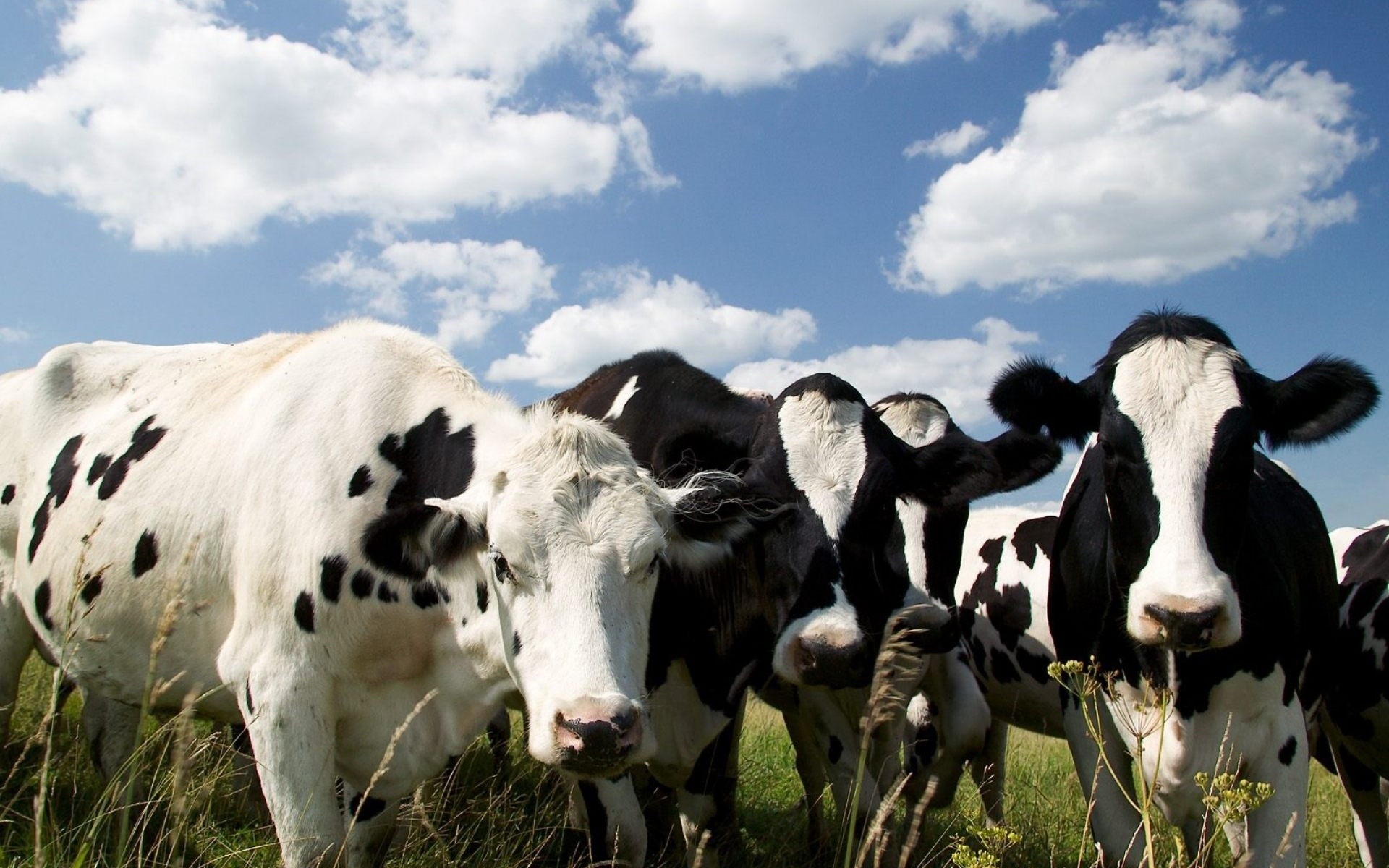
Leather Production
Cowhide, the skin of cows, is widely used to produce leather. Leather has been utilized for centuries to make clothing, footwear, accessories, and furniture. The process involves treating and tanning the cowhide to make it durable and suitable for various applications.
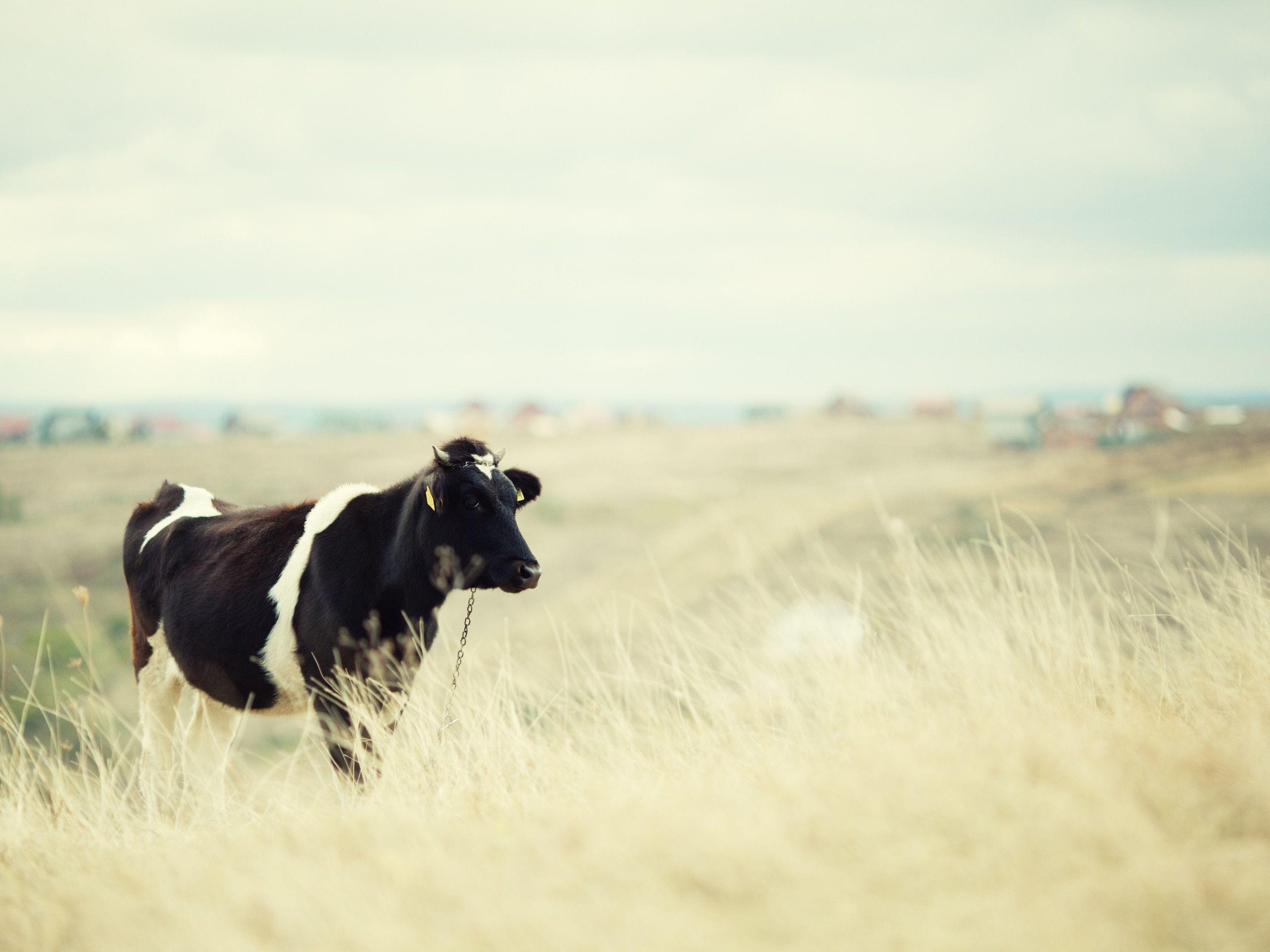
Cows in Cultural Significance
Cows hold cultural significance in many societies and religions. In Hinduism, cows are considered sacred and are often seen as a symbol of wealth, strength, and abundance. In some parts of the world, cows are used in traditional ceremonies and festivals, highlighting their cultural importance.
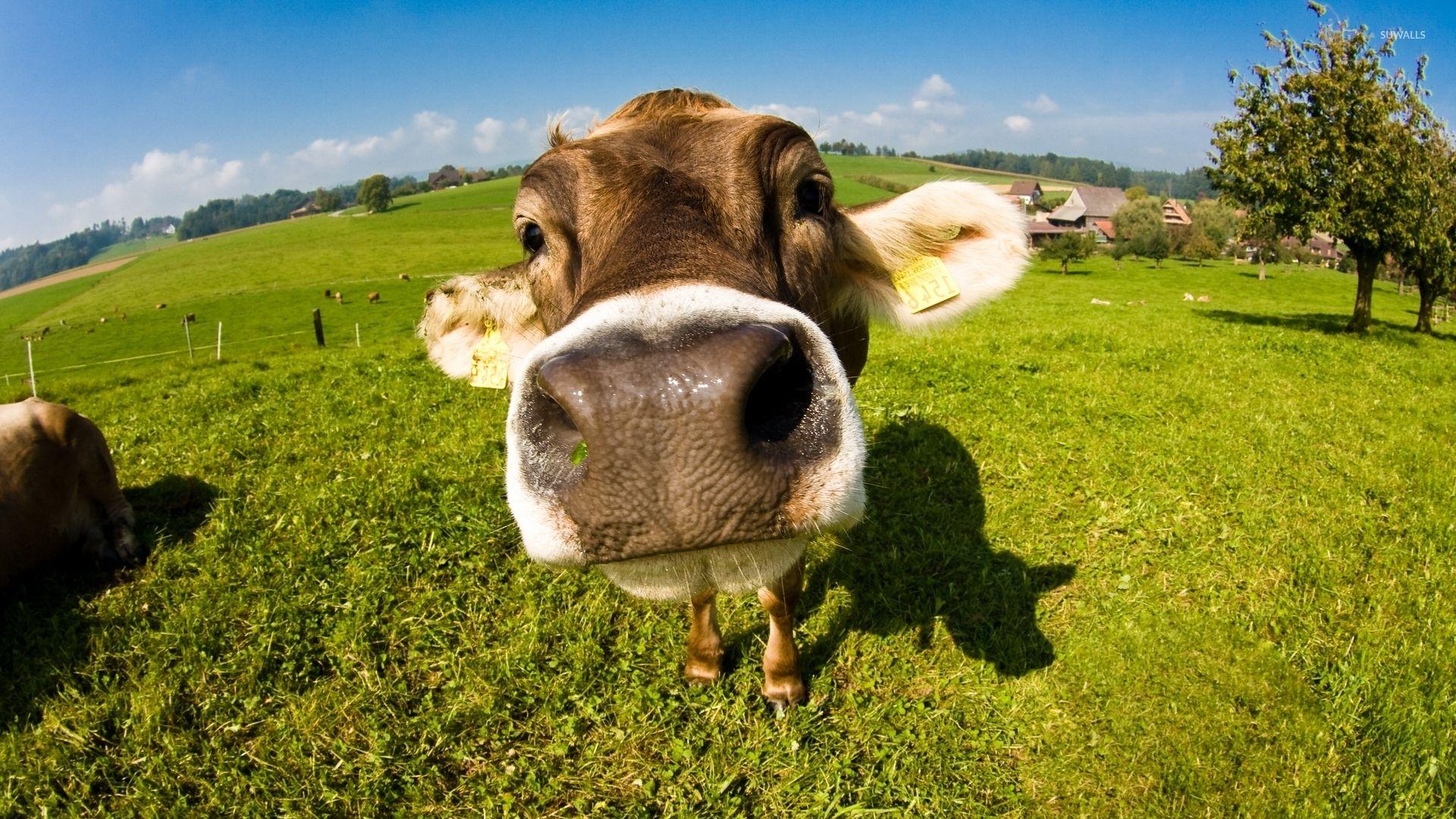
Conservation of Cows
Efforts are being made worldwide to conserve and protect cow breeds that are at risk of extinction. Conservation programs aim to preserve the genetic diversity of cows and promote sustainable breeding practices to maintain healthy populations.
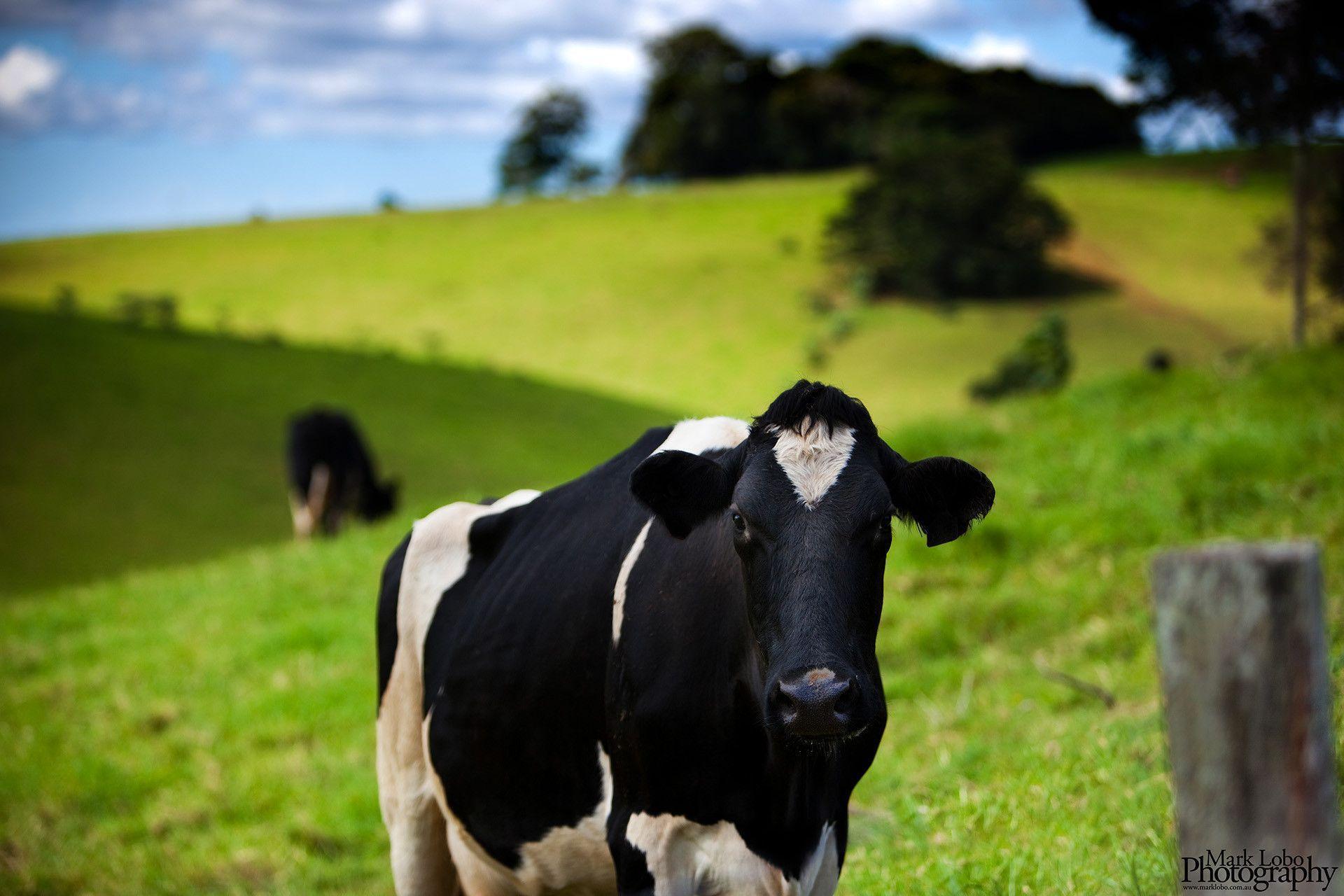
Cows and Grazing
Cows are primarily herbivores and spend a significant amount of their time grazing on grass and other vegetation. Grazing not only provides nourishment for cows but also plays a vital role in maintaining healthy ecosystems by controlling plant growth and promoting biodiversity.
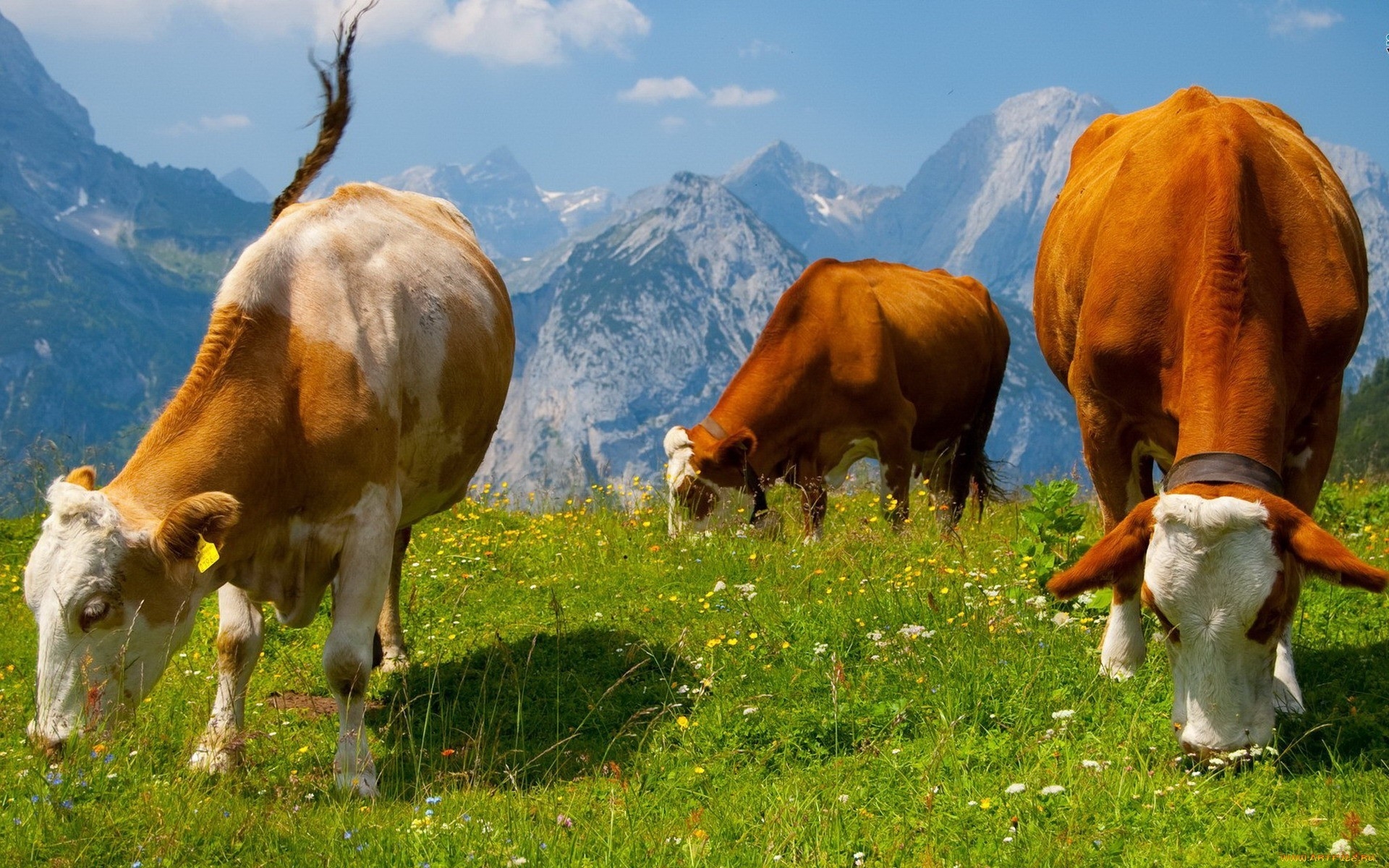
Cows in Art and Media
Cows have inspired countless artists and photographers, and their imagery often appears in paintings, sculptures, and photographs. Additionally, cows have been featured in various movies, books, and advertisements, representing different aspects of human life and culture.
Conclusion
Cows are fascinating creatures that have been an integral part of human civilization for thousands of years. Their contributions to agriculture, milk and meat production, and cultural significance cannot be overlooked. Understanding the background and importance of cows allows us to appreciate and value these remarkable animals.